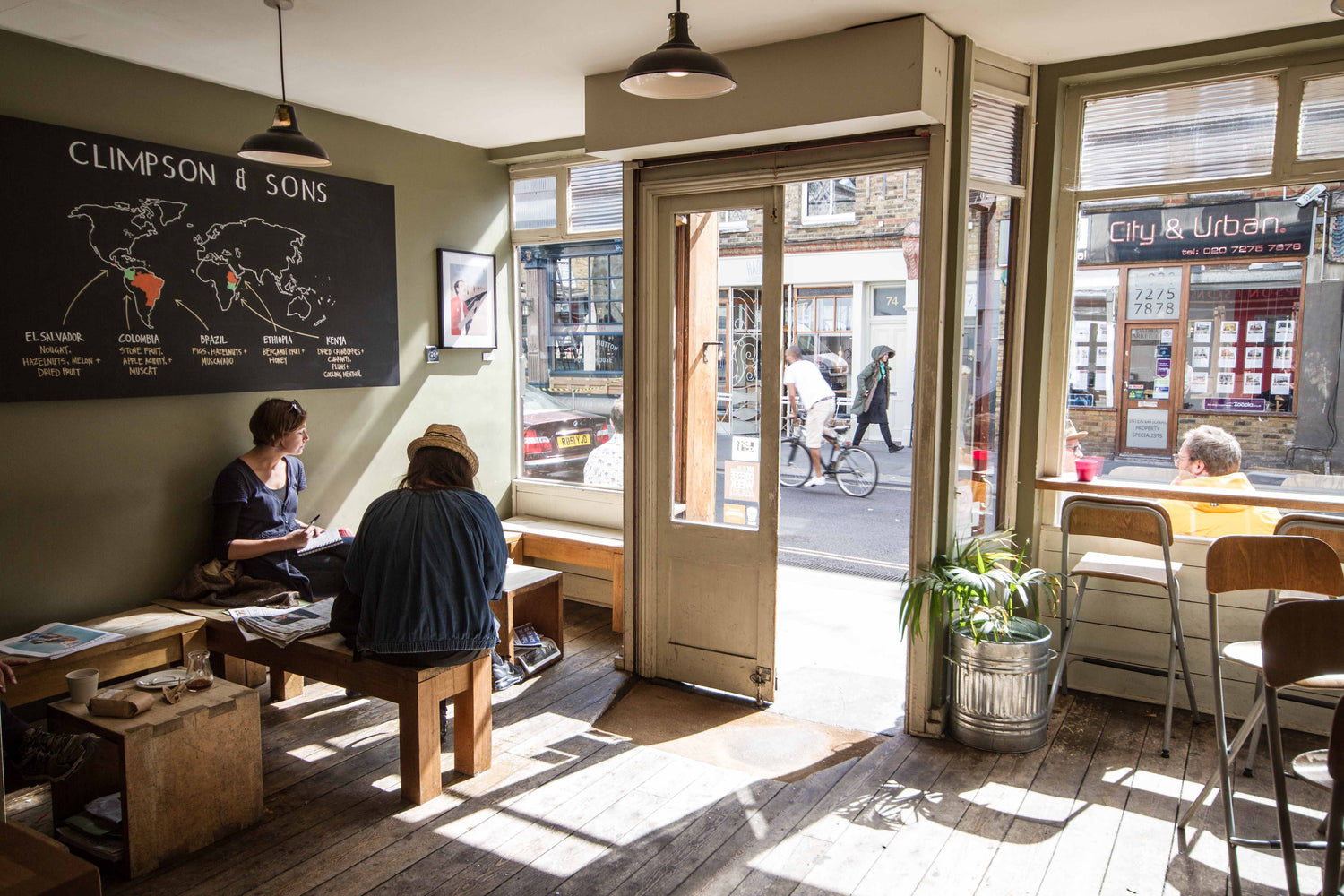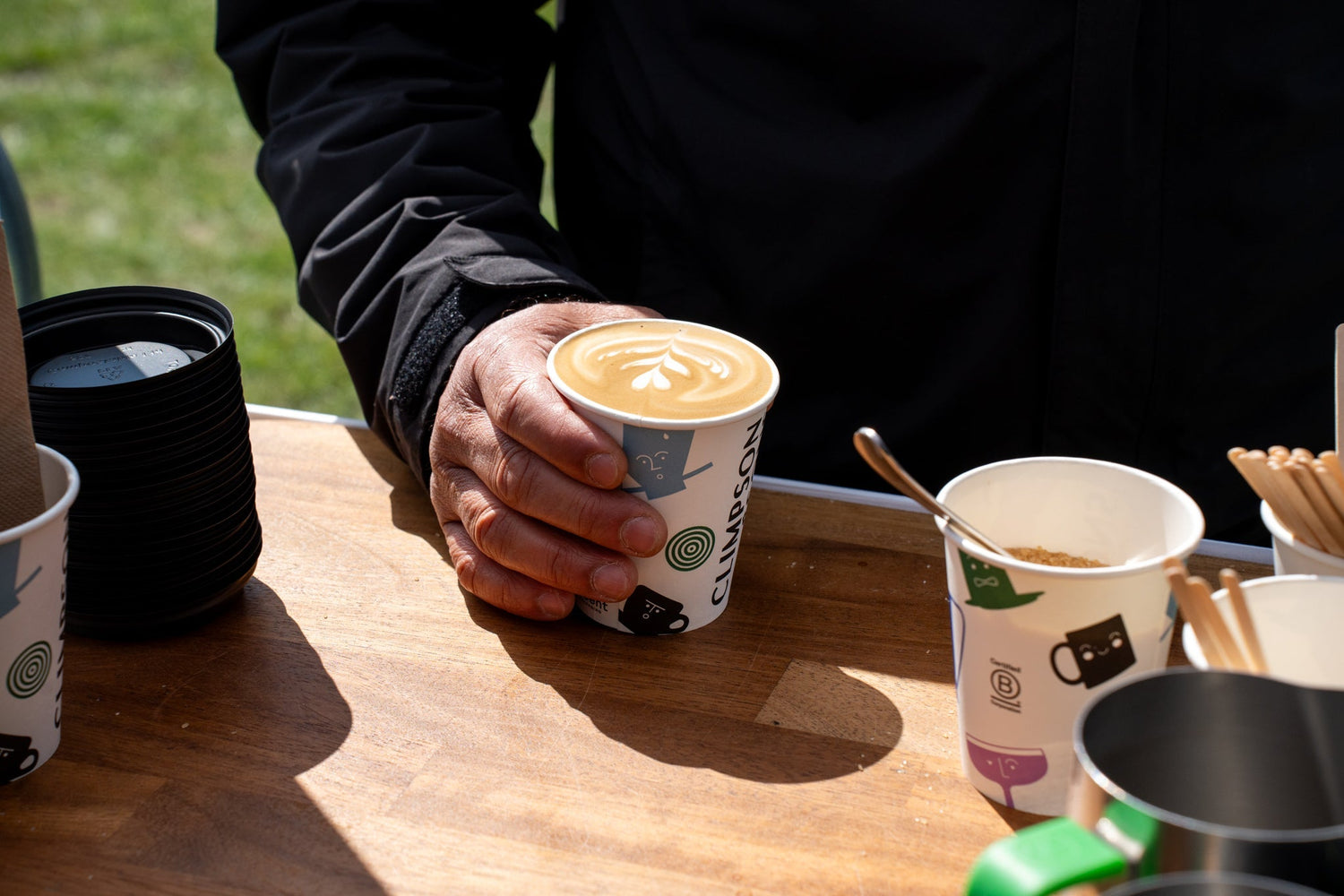Author: Kieran Lamont
The addition of flavour notes to coffee is not a particularly new phenomena but it still does cause some confusion between consumers, especially those of which are less familiar with different styles of lighter roasted specialty coffee. To some, they might seem a bit redundant or even silly, and whilst there’s been a slight shift away from overly obscure flavour notes about a type of pear you’ve never heard of, they can still form a helpful guide for the coffee company and the consumer.
From the roasters perspective, the flavour notes for our labels are initially decided by the roasting team who cup the samples blind and compare common descriptors. The aim of this process is to find a way, beside origin, altitude and variety, of expressing the style of coffee and the sorts of body, acidity and sweetness you can expect to experience when brewing it.
The combination of variety, terroir and processing are largely responsible for the flavour of the coffee before it has been roasted. In different ways, these will affect the resulting sweetness, body and types of acidity found and we as roasters must do everything we can not to ruin these characteristics with careless or excessive roasting.

Image by Agri Evolve in Uganda
Acidity is a major component of specialty coffee and should be much more than just the notion of bright or sour coffees that make you wince. Complex acidity in coffee is something we try to promote and control to a desirable level and when combined with sweetness and the natural bitterness of caffeine, can produce amazingly diverse flavours. The perception of fruity flavours is primarily informed by different types of acidity and levels of sweetness, together these draw us towards particular flavour notes because they coincide with popular fruits.
Everybody loves naturally sweet coffee and enhancing the natural sweetness of a cup of coffee is one of the central focuses of the roaster and the barista. Whilst there are naturally occurring sugars in coffee, coaxing them to the forefront of our flavour perception can often prove tricky.

Coffee’s natural sugars are developed by the maillard reaction, which happens when we roast the green coffee. It is the degree to which you roast something can have an effect on the extent to which these sugars are caramelized. We all know that good coffee can have a chocolatey flavour, which isn’t hard to imagine considering they’re both the seeds of tropical fruits that are roasted. Broadly speaking you are more likely to taste dark chocolate notes if the coffee has been roasted for longer, milk chocolate for a well balanced medium roast and potentially white chocolate from lighter roasted coffee with more intense sweetness.
As we delve deeper into the complex possibilities of flavour there is also a case to be made for simplifying flavour notes into broader categories, so as not to confuse or alienate consumers. Not only because coffee will not taste the same across brew methods and different brewing water, but also because not everyone’s palate or experiences are the same.

Instead we like to use some of these ideas to discuss with customers what they can expect from certain processing methods, origins or varieties and why this may be the case. Hopefully this will help customers explore their preferences and make better informed choices about what they like and why.



